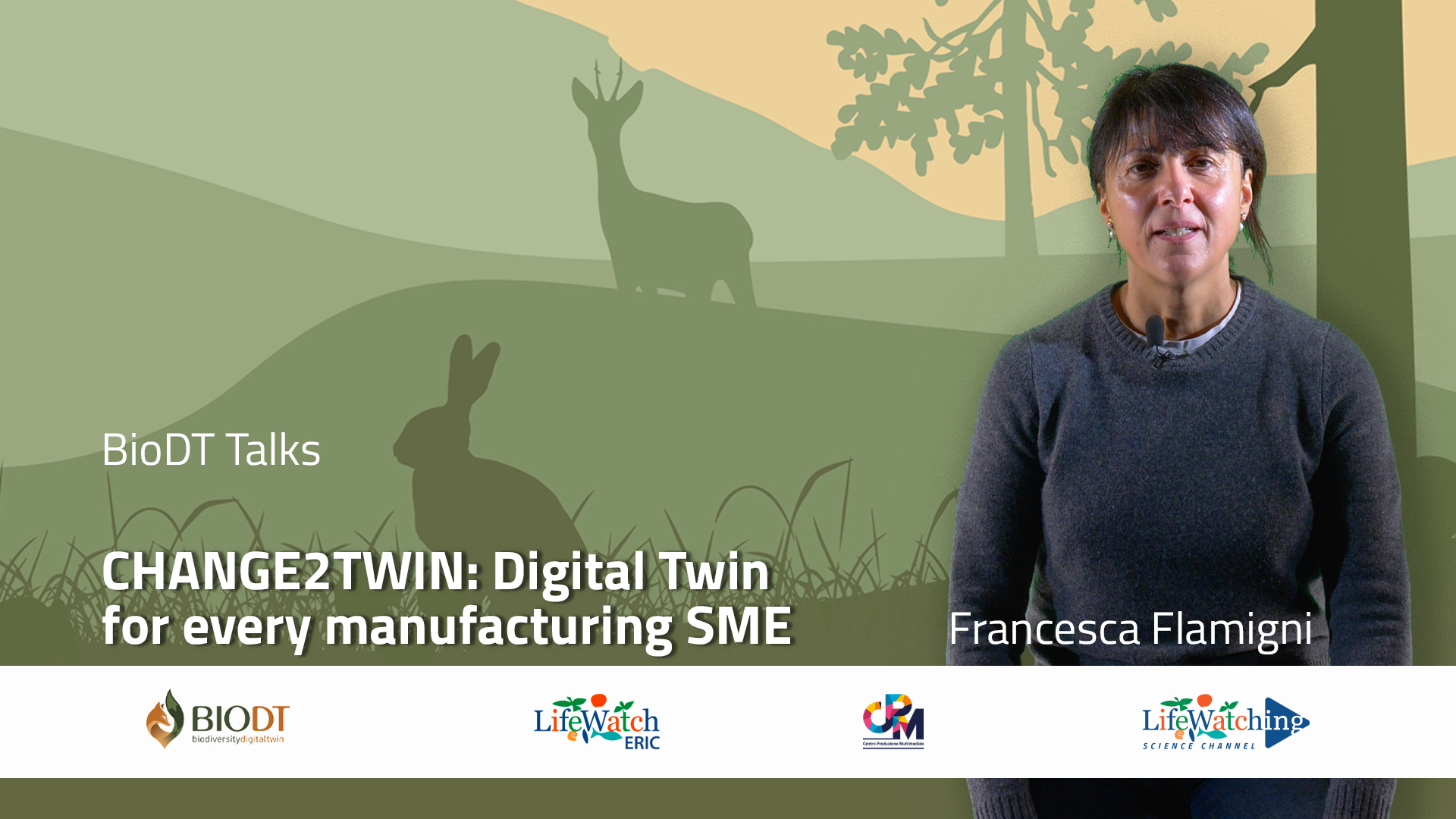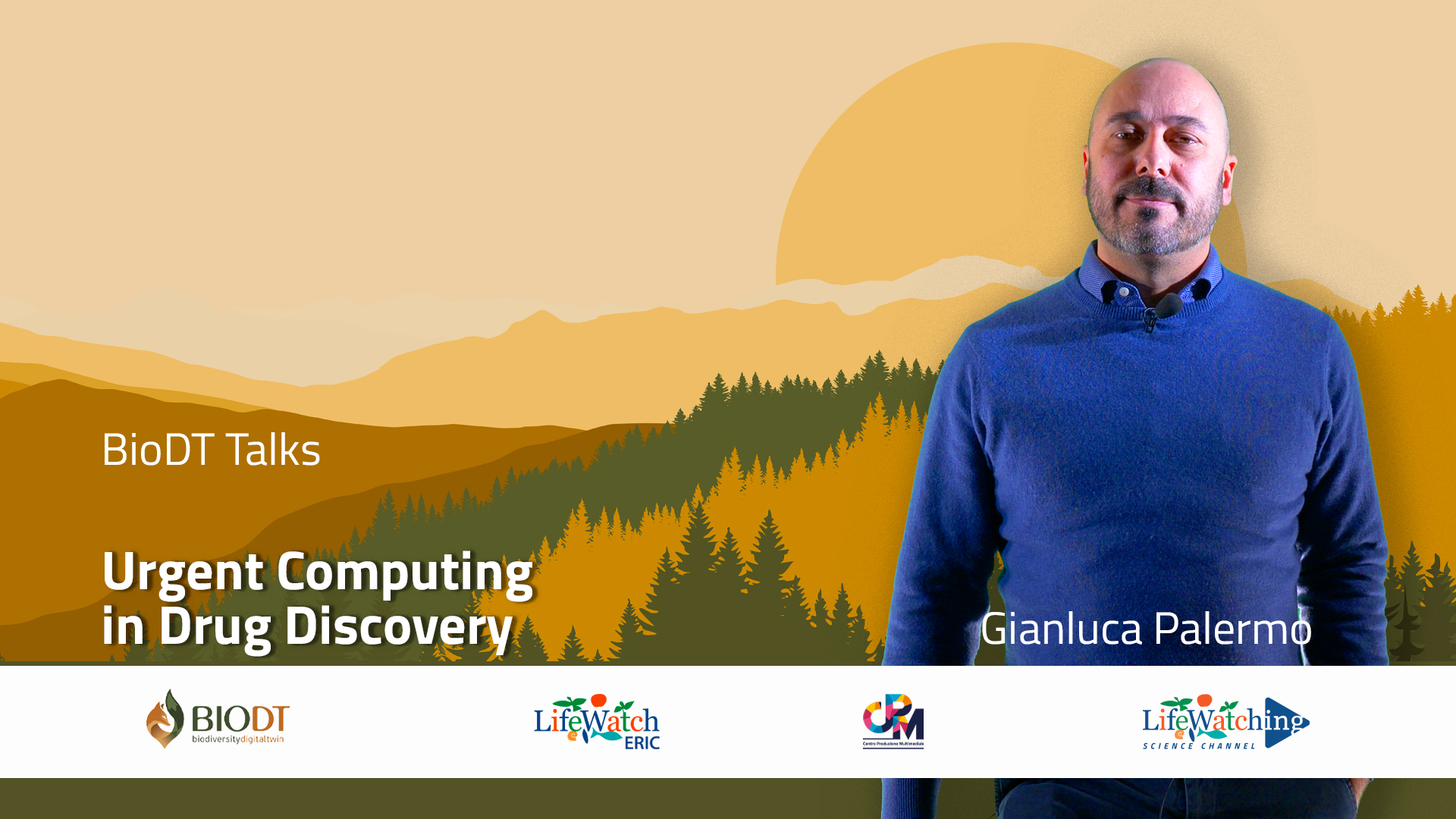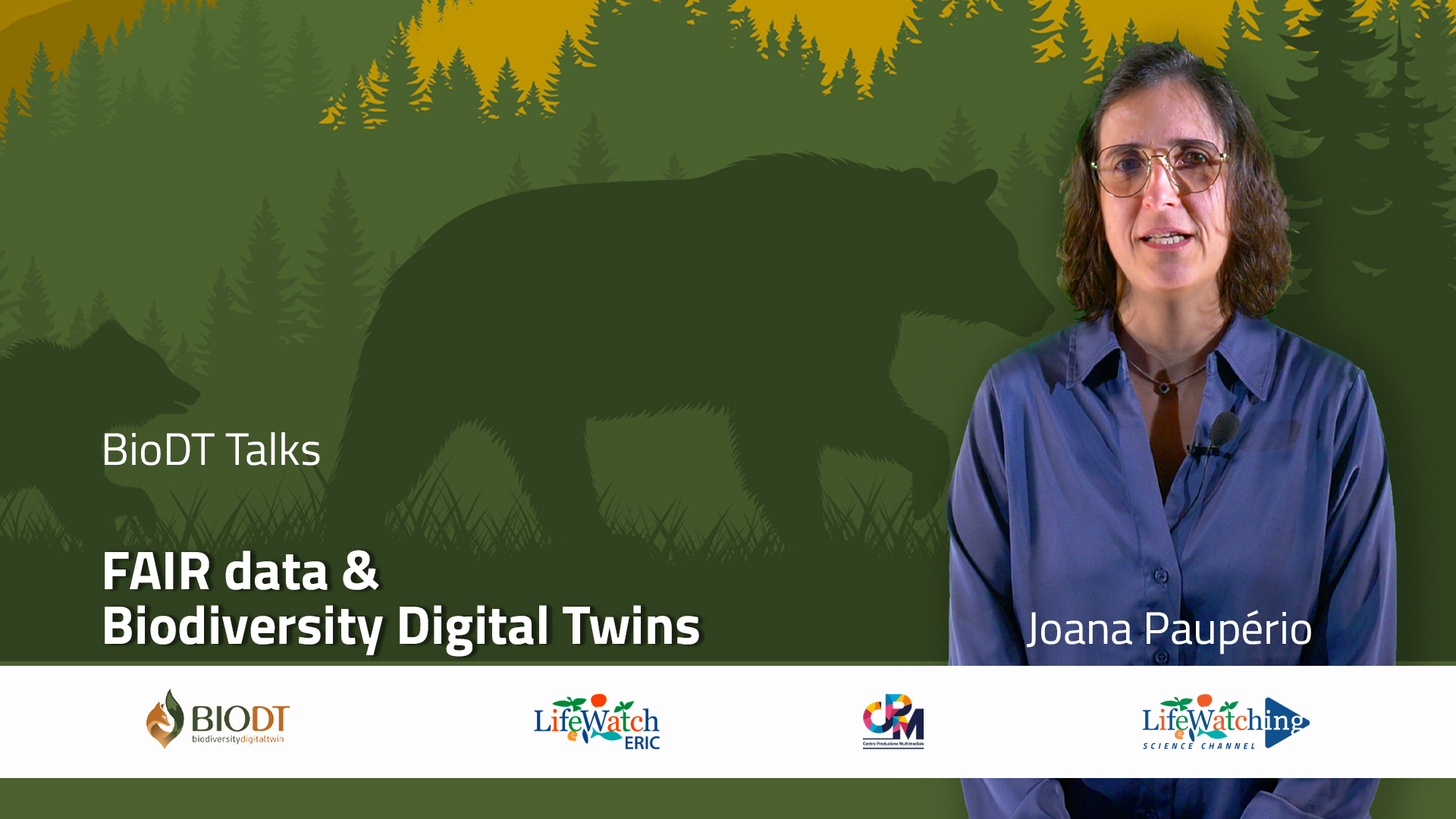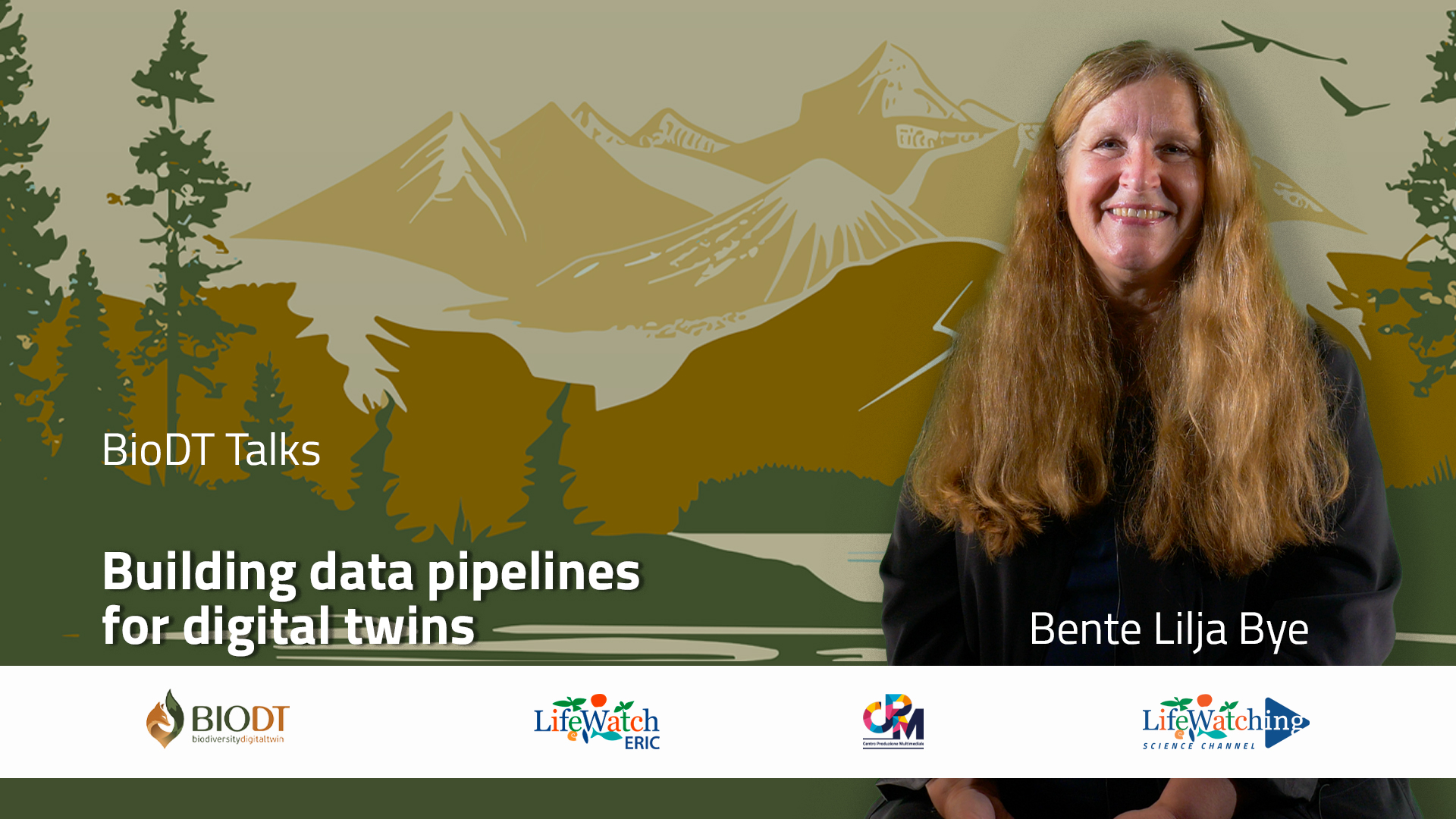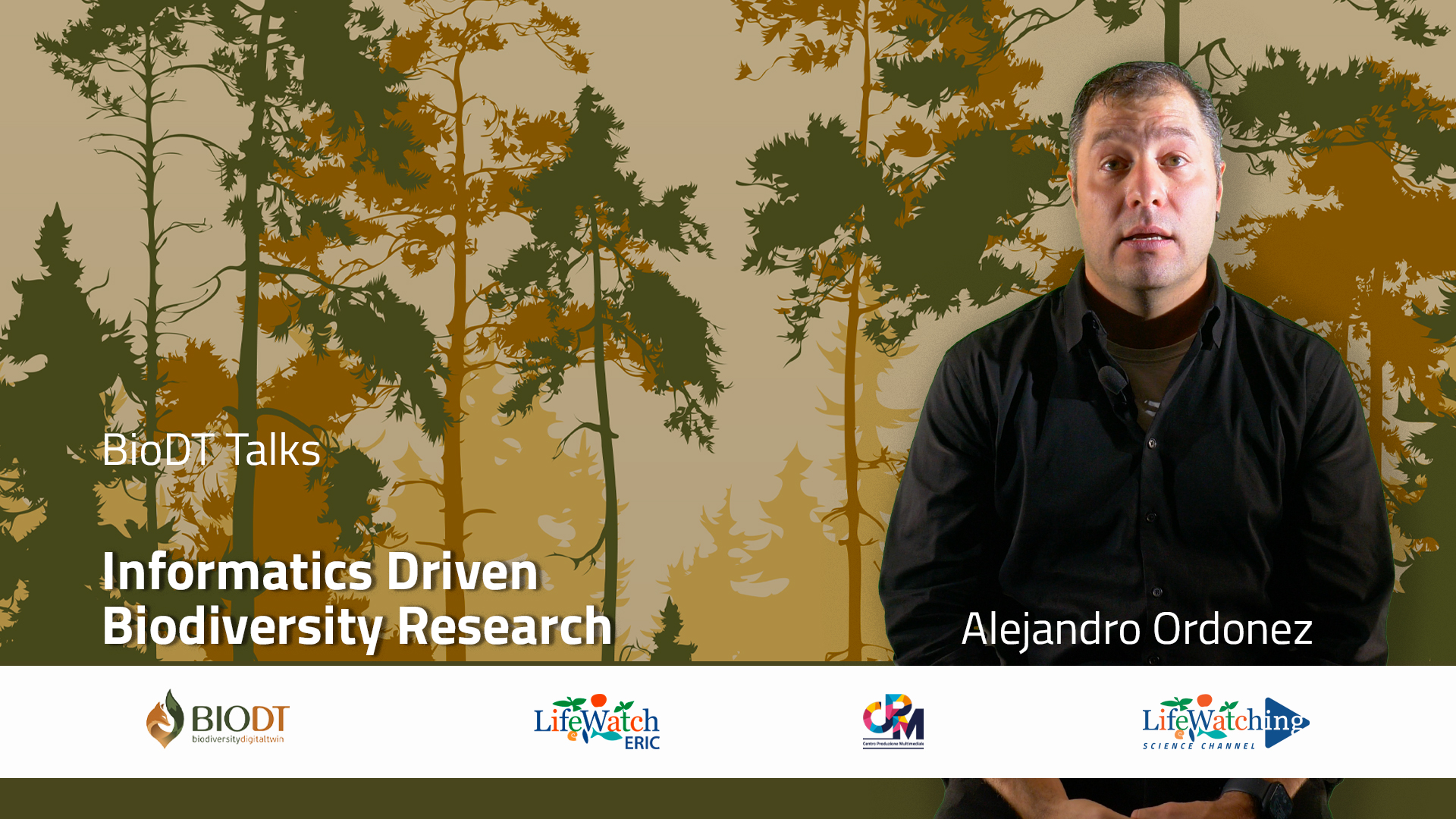Upscaling biodiversity
“Biodiversity is intrinsically scale-dependent”. Bill Kunin, University of Leeds, in this second BioDT Talks tackles one of spatial ecology’s biggest challenges: how do we accurately upscale biodiversity data?
One of the reason that makes upscaling biodiversity challenging is that biodiversity is an unusual variable. Unlike simple additive variables, biodiversity is subadditive – two areas with 6 and 4 species don’t necessarily contain 10 species together due to overlap. This makes scaling from local observations to regional or global assessments particularly complex.
Why does upscaling matter? Prof. Kunin explains that there are various reasons researchers might want to upscale biodiversity: to estimate biodiversity in little-know areas or taxa; to extrapolate results of fine-scale experiments to predict larger-scale effects (e.g. the effects of different management schemes); to monitor biodiversity changes across multiple scales; to model spatially realistic futures (e.g. developing more accurate digital twins for biodiversity and ecosystems, linking local and coarser scale patterns). Moreover, upscaling biodiversity allows to assess scale-specific biodiversity impacts, as in case of habitat fragmentation, alien species, and climate change that may affect biodiversity differently at different scales.
Watch the video now to discover how data science and technology are transforming our approach to the biodiversity crisis!
BioDT is a research project funded by the European Union that aims to develop a digital twin prototype for the study and analysis of biodiversity, in support of the EU Biodiversity Strategy for 2030. The Biodiversity Digital Twin prototype provides advanced models for simulation and prediction capabilities, through practical use cases addressing critical issues related to global biodiversity dynamics. The BioDT Talks is the new 6-part series exploring how data, science, and technology are reshaping our response to the biodiversity crisis.
Follow BioDT:
- LinkedIn BioDT: https://www.linkedin.com/company/biodt
- Twitter @BiodiversityDT: https://x.com/BiodiversityDT
- YouTube @BiodiversityDT: https://www.youtube.com/channel/UCqKjtPwy2Tu9lg2sAx1piIA
Learn more about the project and our aims at www.biodt.eu
The webpage dedicated to the project on LifeWatching WebTV: https://www.lifewatching.tv/tv-show/biodt-biodiversity-digital-twin/

